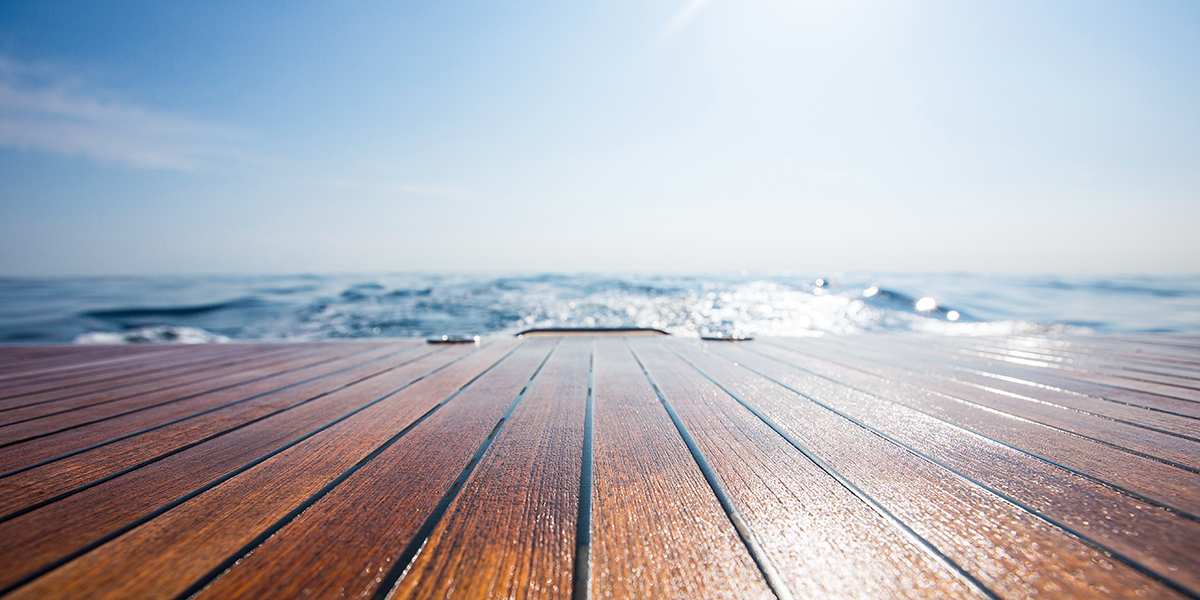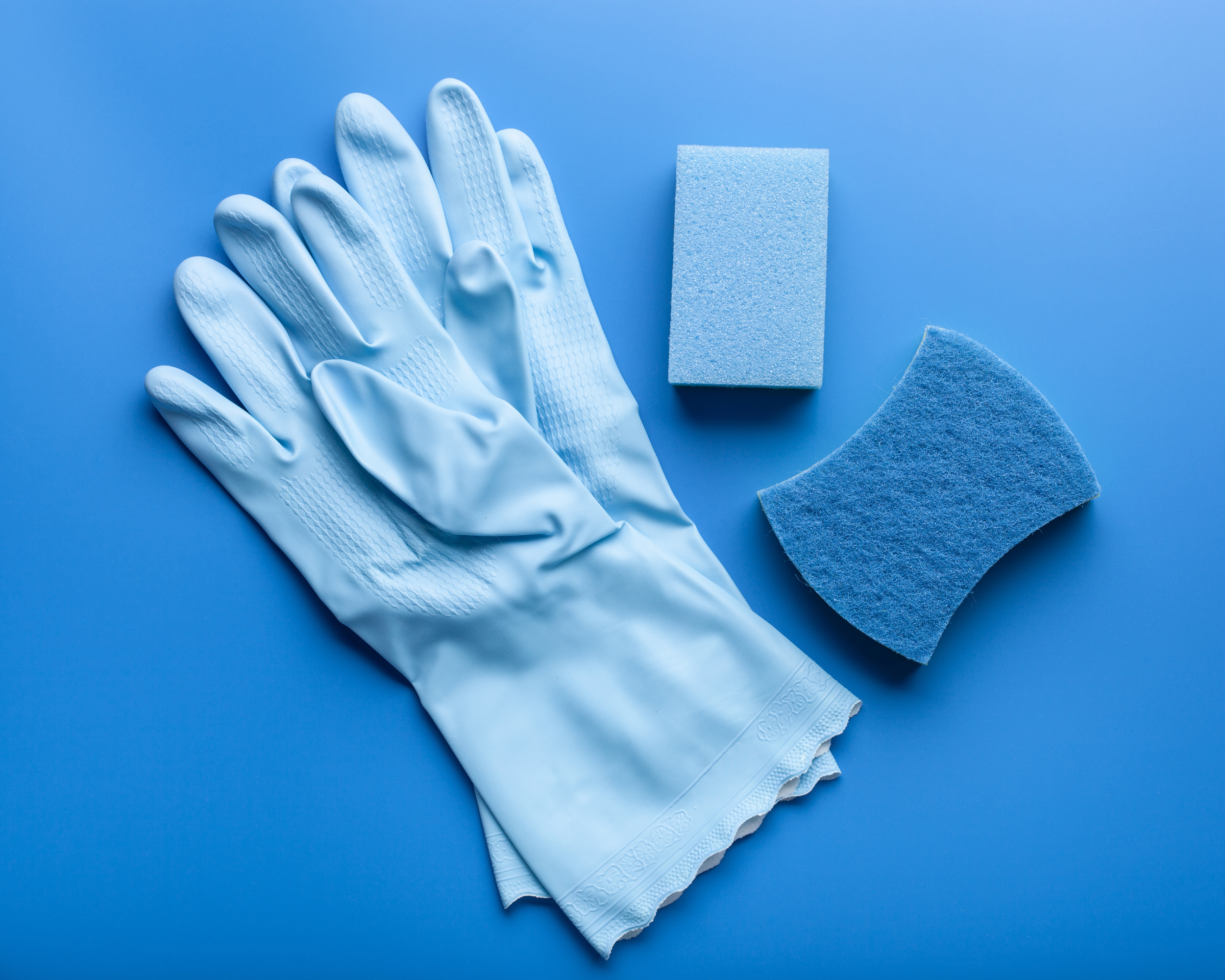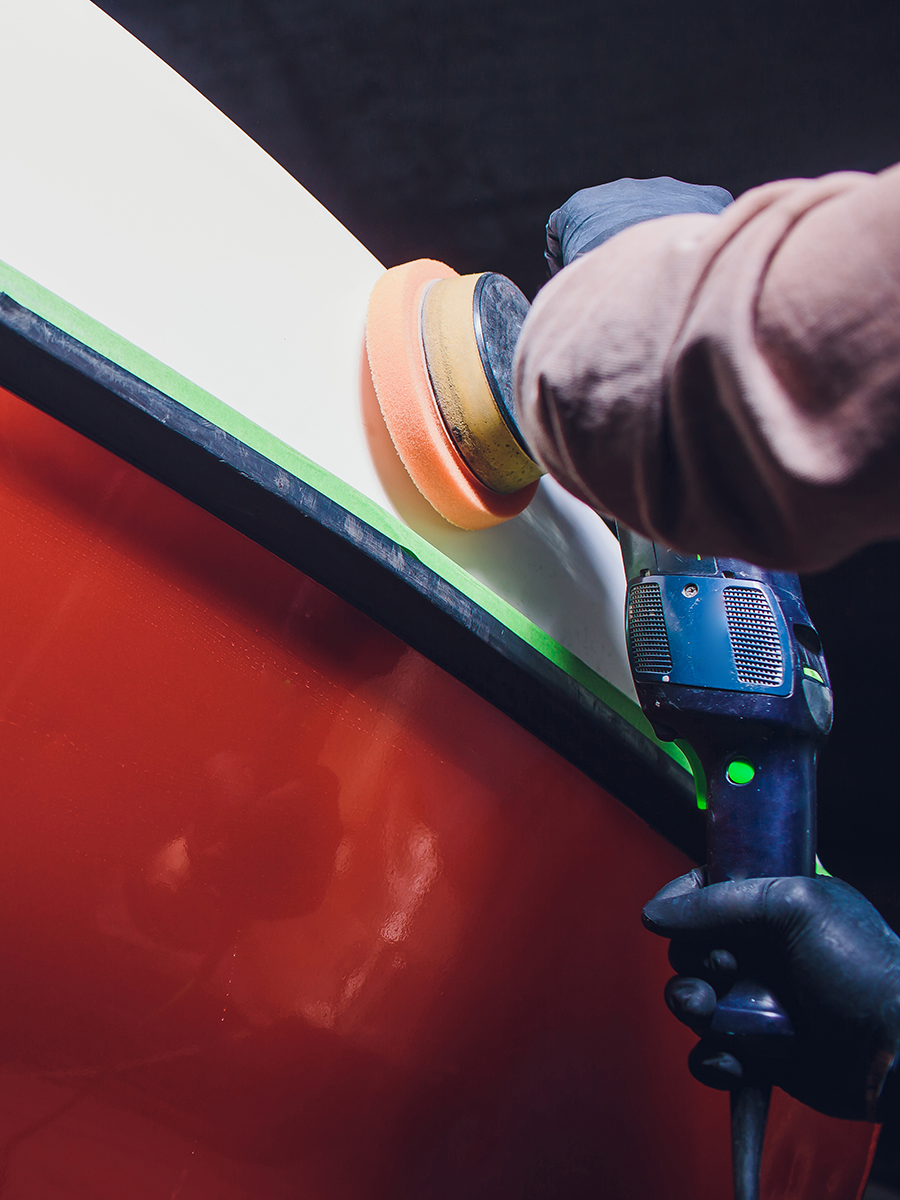Boat cleaning and polishing

1.Cleaning of wood parts
There is always a lot to do at the beginning of each season. To give the boat the final touch, you should refinish the surfaces that have suffered from salt, sun and water. You don't always have to use abrasives and machines right away. You can often give your wooden parts a fresh look with simple means and manual work.
2. Cleaning of plain parts
The first step when preparing the polishing of the hull is classic water cleaning. If allowed in your federal state, you can remove superficial dirt with a cleaning broom or brush with the help of water at your dock (sea or sweet water from sea/river). So you can save fresh water from the filling station. But, if there is more severe dirt, that requires cleaning by foam cleaners, it is mostly not allowed to clean them at the dock. It is then necessary to have the possibility to collect the dirt water on land so that it does not pollute the harbor. basin.
Tip: Please inform yourself beforehand at the environmental office in your federal state, as there are various requirements. For the Baltic Sea area in Schleswig-Holstein and the waters in Hamburg, for example, it is permitted to use the water from the berth for cleaning without chemicals.
Work steps: Apply the cleaning agent either pure or diluted with a sponge. Please pay attention to the manufacturer's instructions. After the recommended exposure time, it must be washed off thoroughly. Please make sure not to use any scouring pads with the black, hard side, as these will cause scratches. At awn, we have special cleaning agents for particularly stubborn dirt, such as tar or rust stains and seagull droppings.
As with window cleaning, polishing should not be done in direct sunlight, as such a heated surface will cause the polish to evaporate too quickly and the result will not be optimal. Apply the polish to an area that is not too large, about half a square meter, and buff it in evenly. After a short drying phase, remove residues with a clean, lint-free cloth.
Tip 1: Test the polish on a spot that isn't immediately visible, gradually working your way up the entire boat in different "quadrants".
Please note: If you only want to polish and do not want to remove any surface structure, the polish should not contain any abrasives, otherwise scratches will occur. However, if the surface is heavily chalked, abrasive particles are essential to get a smooth surface again. You can also do the first attempts at polishing with conventional do-it-yourself tools, but we only recommend polishing/sanding machines. We do not recommend using an angle grinder as it simply spins too high and can do more damage to the gelcoat/paint than fix it.
Tip 2: Make sure that no polish drips into the harbor basin, because that is forbidden! If you comply, you are allowed to polish your boat even if it is already in the water. Before the start of the season, however, we recommend polishing on land. 1. Worauf sollten Sie vor dem Kauf einer Rettungsweste achten?


